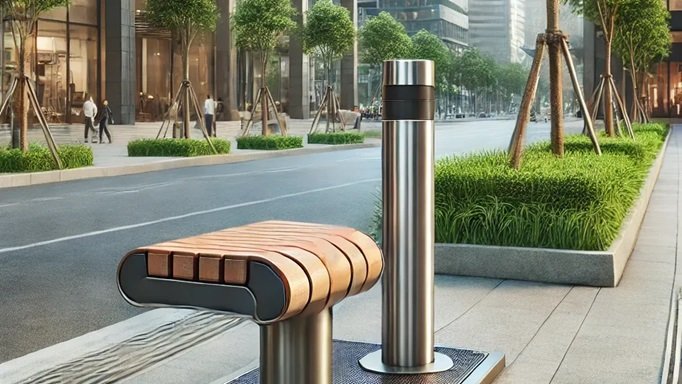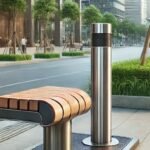The Evolution of Urban Protection
In modern cities, safety and accessibility must coexist. That’s where bollards come into play — simple yet highly effective urban design elements that help protect people, vehicles, and buildings.
From the historic centers of Europe to the new smart cities emerging worldwide, bollards have evolved from static barriers into intelligent security systems capable of integrating automation, access control, and urban aesthetics.
From Static Barriers to Smart Bollards
Today, bollards are no longer passive obstacles. Thanks to advanced technology, they can rise and retract automatically, respond to authorized signals, and be connected to centralized control systems.
This transformation turns them into dynamic security devices, ideal for managing restricted zones, pedestrian areas, and temporary access for emergency vehicles or deliveries.
Hydraulic or pneumatic systems, like those engineered by companies such as MAC Srl, ensure high performance, durability, and precision — even in extreme conditions.
Safety Meets Design
A well-designed bollard does more than protect. It enhances the visual harmony of public spaces, blending seamlessly into architectural environments.
Modern materials — stainless steel, reinforced cast iron, or powder-coated finishes — allow designers to adapt bollards to any context: from heritage districts to modern business parks.
The best installations combine functionality, resistance, and style, offering a long-term solution that requires minimal maintenance.
Sustainable and Future-Oriented
As cities move toward smarter and greener models, automatic and retractable bollards play a key role in reducing vehicle congestion, promoting pedestrian areas, and safeguarding sensitive infrastructures.
They represent the perfect intersection of urban planning, safety, and environmental awareness — proving that even the smallest design details can make cities safer and more livable.

















